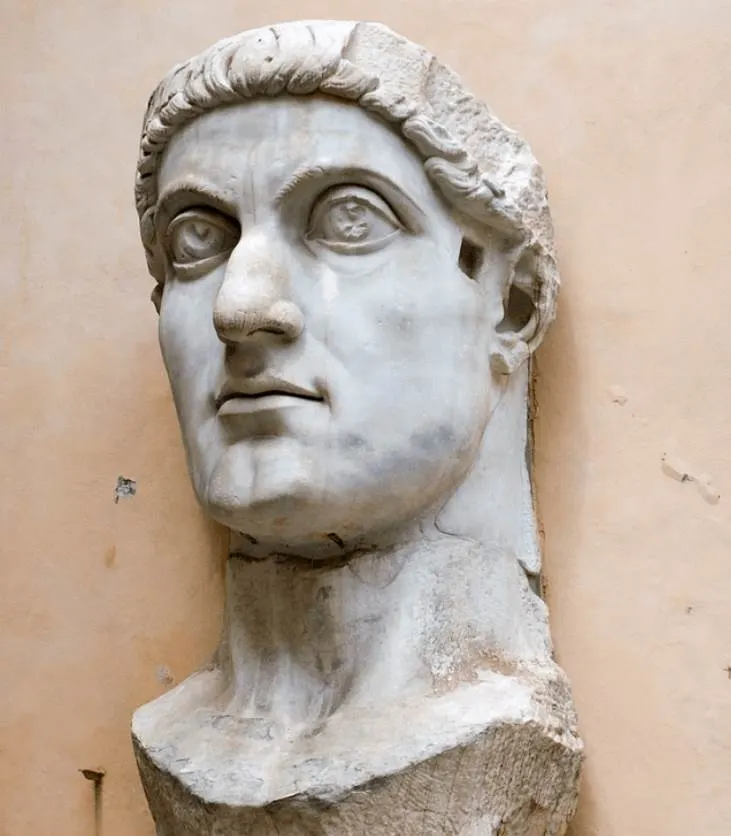Very few people in human history have had a greater impact on the course of history than a man born in the 270s A.D.
This Roman Emperor made quite a few changes to the empire he ruled, so many that these impacted the lives of people for over 1,000 years.
Let’s take a closer look at some of the most interesting facts about Constantine the Great, one of the most influential people in human history.
1. He was born in a city in modern-day Serbia
Constantine I, also known as “Constantine the Great,” was born on February 27, 272 A.D. in a city called Naissus.
This city was located in the Dardania province of the Roman Empire which was then part of the Moesia province in today’s Balkan region of Eastern Europe.
Today, this city is called “Niš” and is located in Serbia. It’s the third-largest city in the country with over 260,000 inhabitants.
The remains of a huge palace erected by Constantine I near his hometown can still be seen at an archaeological site called “Mediana.”

2. His father was one of the emperors of the Tetrarchy
His mother’s name was Helena (248-330) and was of Greek origin. She wasn’t a member of the Roman nobility but is considered to be a saint in Christianity and the discoverer of the True Cross during her visit to Jerusalem.
It’s fair to conclude that she had an important impact on her son’s life, a lot more than his father had.

Constantine’s father was Flavius Constantius (250-306), better known by his nickname “Chlorus.” He was one of the 4 Emperors of the Tetrarchy which was established by Emperor Diocletian in an effort the divide the Empire into 2 parts.
The way this worked was that there were 2 “Senior Emperors” given the title of “Augustus,” and 2 “Junior Emperors,” given the title of “Caesar” who served directly under them.
Chlorus initially served as “Junior Emperor” under Emperor Maximian who ruled in the west. He eventually became Senior Emperor in 305 A.D.
Constantine probably never saw his father often, rising the ranks himself while his father was constantly busy. They did spend time together in Britain starting in the year 305 to fight together.
Following his father’s death on July 25, 306, Constantine became Roman Emperor himself. This was confirmed by his army in Eboracum, modern-day York.
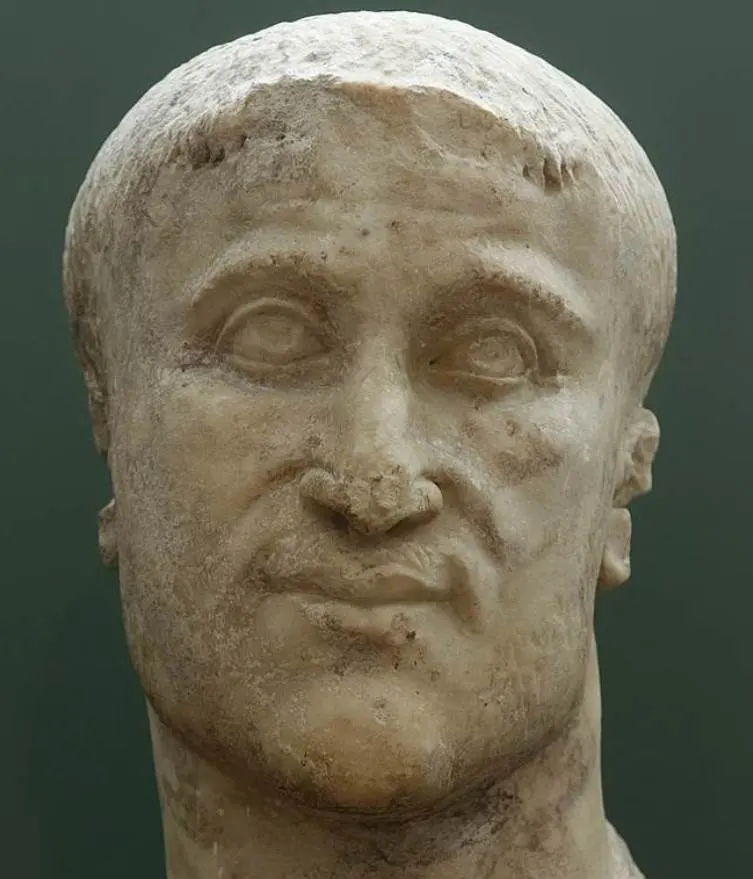
3. He became the sole ruler of the Empire in 324 A.D.
The event of the army declaring Constantine as Emperor of the Roman Empire pretty much sparked the beginning of the end of Diocletian’s Tetrarchy.
It was the beginning of a series of bloody civil wars between political rivals. This eventually culminated in an epic battle called the “Battle of the Milvian Bridge” between Constantine I and Maxentius.
This battle took place on October 28, 312 just north of Rome, and ended in a glorious victory for Constantine. Maxentius drowned in the Tiber River and after fishing out his body he was decapitated.
His head was proudly paraded around Rome the following day during the glorious entrance of Emperor Constantine the Great.
It would take 12 more years before he defeated Licinius, the Roman Emperor in the east. He became the sole Roman Emperor on September 19, 324, following the Battle of Chrysopolis the day before.
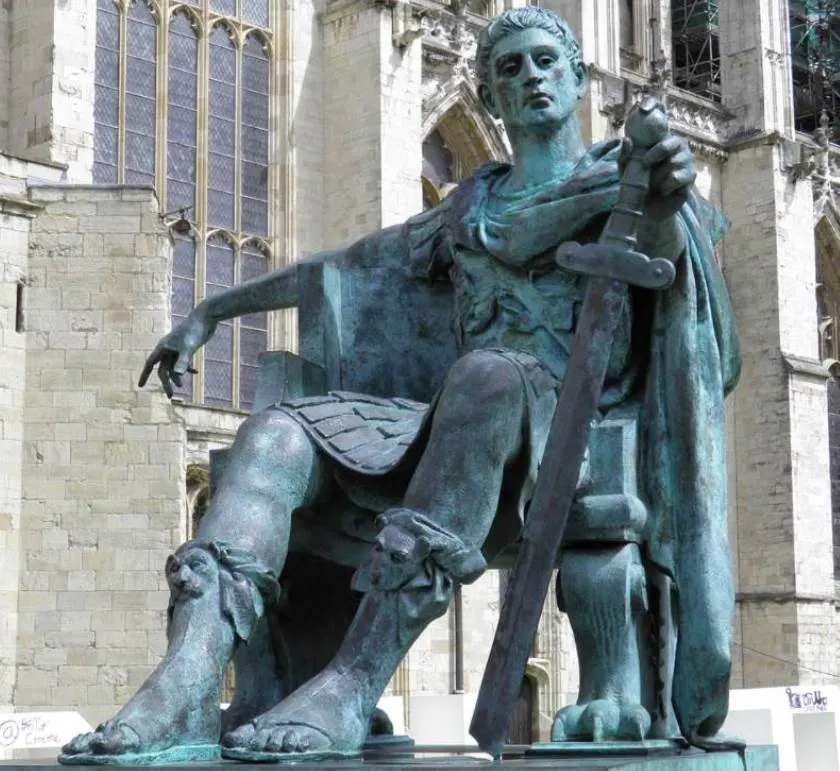
4. He was the first Roman Emperor to convert to Christianity
The Battle of the Milvian Bridge is significant in many ways. It’s here that Constantine I had a self-proclaimed vision of the Christian God.
As a result, he added the Greek letters, Chi Rho, to the shields of his soldiers, the sign of Jesus Christ, and an early symbol of Christianity.
Following his glorious victory, he believed it was because of divine intervention. This marked the starting point of his transition to favor the Christian religion.
The following year, in 313, the “Edict of Milan” was signed between Constantine I and Licinius. This edict granted full tolerance of Christianity in the Roman Empire, a complete change of events following the bloody persecution by Diocletian just a decade earlier.
A battle between Constantine and Licinius took place because the latter started persecuting Christians again around 320.
Even though Constantine I favored Christianity, modern-day scholars agree that he still lived as a Pagan his entire life. This is emphasized by the fact that he was only baptized shortly before he died in the year 337.
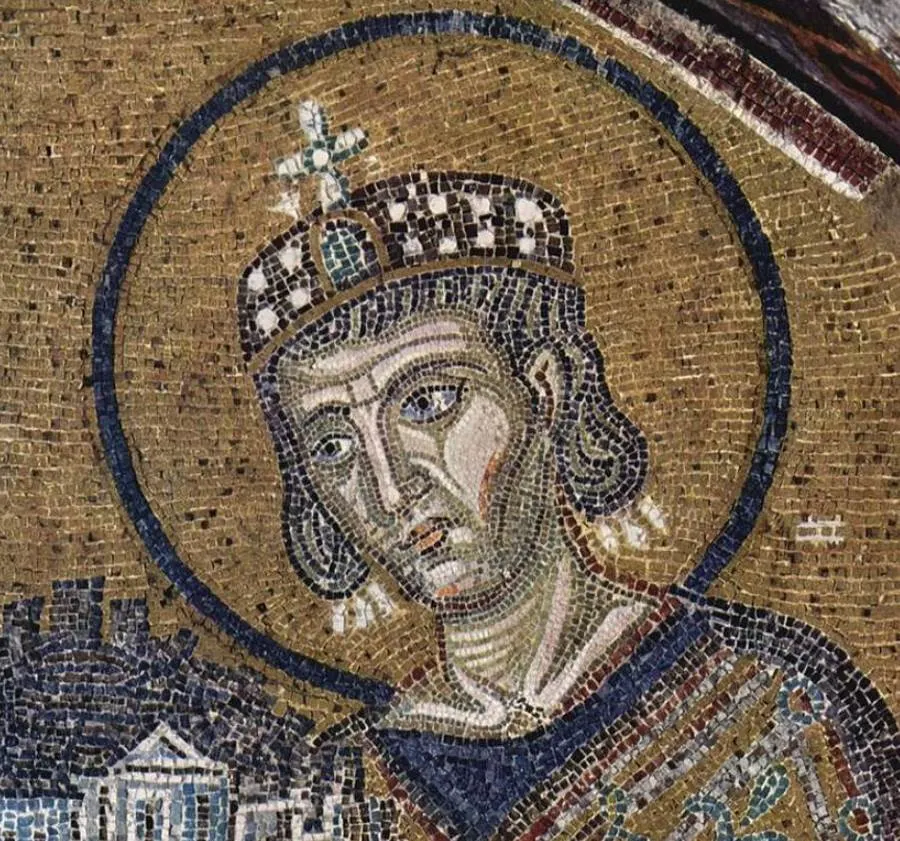
5. A city named after him became the capital of the Roman Empire
Even though his tolerance of Christianity and conversion was definitely his most influential act, he made some other crucial changes that had long-lasting impacts.
Following the defeat of his final rival Licinius, he had the opportunity to choose his own capital city of the Roman Empire in the east. While he originally had Serdica, modern-day Sofia, in mind, he eventually chose the strategically important Greek city of Byzantium.
This city was founded as “Constantinopolis” or “Constantinople,” “Constantine’s City,” in 324, and dedicated on May 11, 330.
To celebrate this event, he erected the “Column of Constantine,” a massive monument that originally featured a statue of himself depicted as Apollo. This column still stands in the city today (minus the statue).
Constantinople eventually became the capital city of the Roman Empire between 330 and 395, and the capital city of the Byzantine Empire between 395 and 1493 (except for a period between 1204 and 1261 when crusaders took control of the city).
Today, the city is known as Istanbul and is one of the greatest cities in the world, majestically overlooking the Bosphorus Strait on the border of Europe and Asia.
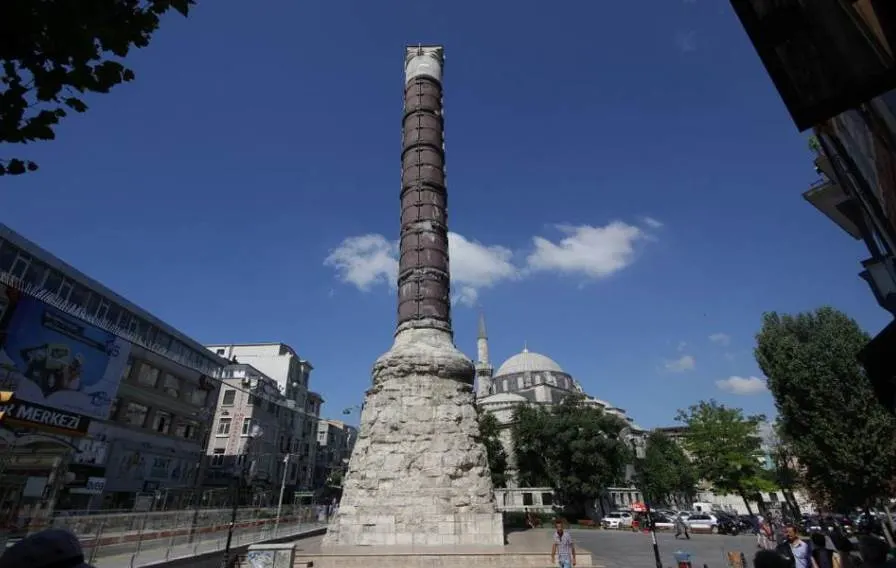
More interesting facts about Constantine the Great
6. It’s unclear who exactly baptized Constantine I. The Catholic church claims that he was baptized by Pope Sylvester I, the Bishop of Rome between 314 and 335.
On the other hand, modern-day scholars believe this was conducted by Eusebius of Nicomedia, an Arian priest. The baptism by Pope Sylvester might be a fabrication to hide the fact that he was baptized by an Arian Christian.
7. One of the most famous churches in the world, the Church of the Holy Sepulchre, was built on the orders of Constantine I.
This was supposedly the location where the tomb of Jesus Christ was located and the location where he was crucified. Today, It’s located in the Christian Quarter in the Old City of Jerusalem.
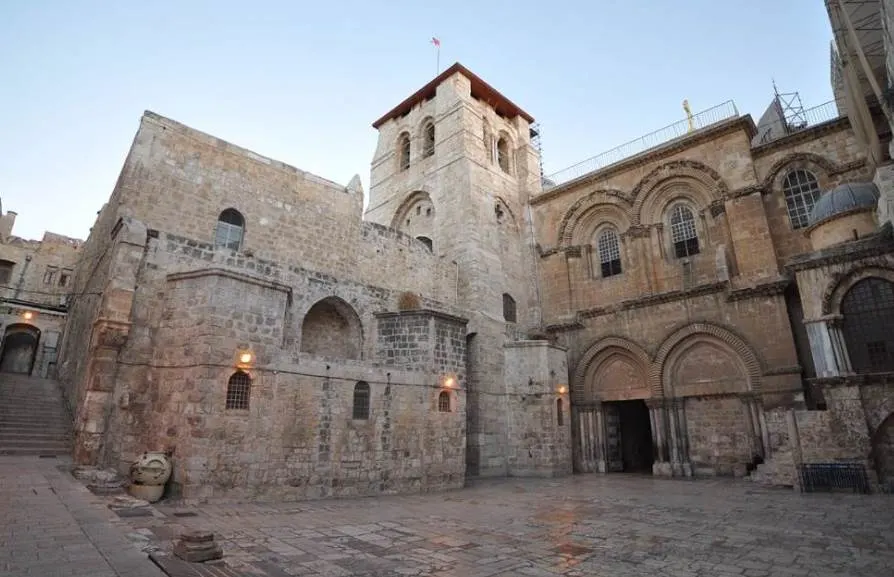
8. Even though he has been recognized as a saint in Eastern Christianity, not everything that Constantine I did can be considered holy. He executed his eldest son Crispus with poison and boiled his wife Fausta to death in a hot bath in the year 326.
Even though the exact reasons remain unclear, it’s assumed by contemporary accounts that both of them had an illegitimate relationship with each other.
He subsequently ordered the “damnatio memoriae” of both of them, which pretty much means erasing everything related to them from history.
9. He introduced a new coin referred to as the “Solidus.” This nearly pure coin of gold weighed 4.5 grams (0.15 oz) and was issued by the emperor to reduce inflation.

This coin would be used as a standard until the Middle Ages, a period in which the only coin in circulation was a “denier” or silver penny. 1 solidus was the equal of 12 deniers.
10. Apart from destroying the Tetrarchy, he also re-established the principle of dynastic succession. He left the empire to his 3 sons following his death and the dynasty would rule between 305 and 363.
The Constantinian dynasty is sometimes referred to as the “Neo-Flavian Dynasty” because both Constantine I, who was born “Flavius Valerius Constantinus,” and his successors bore the name “Flavius.”
